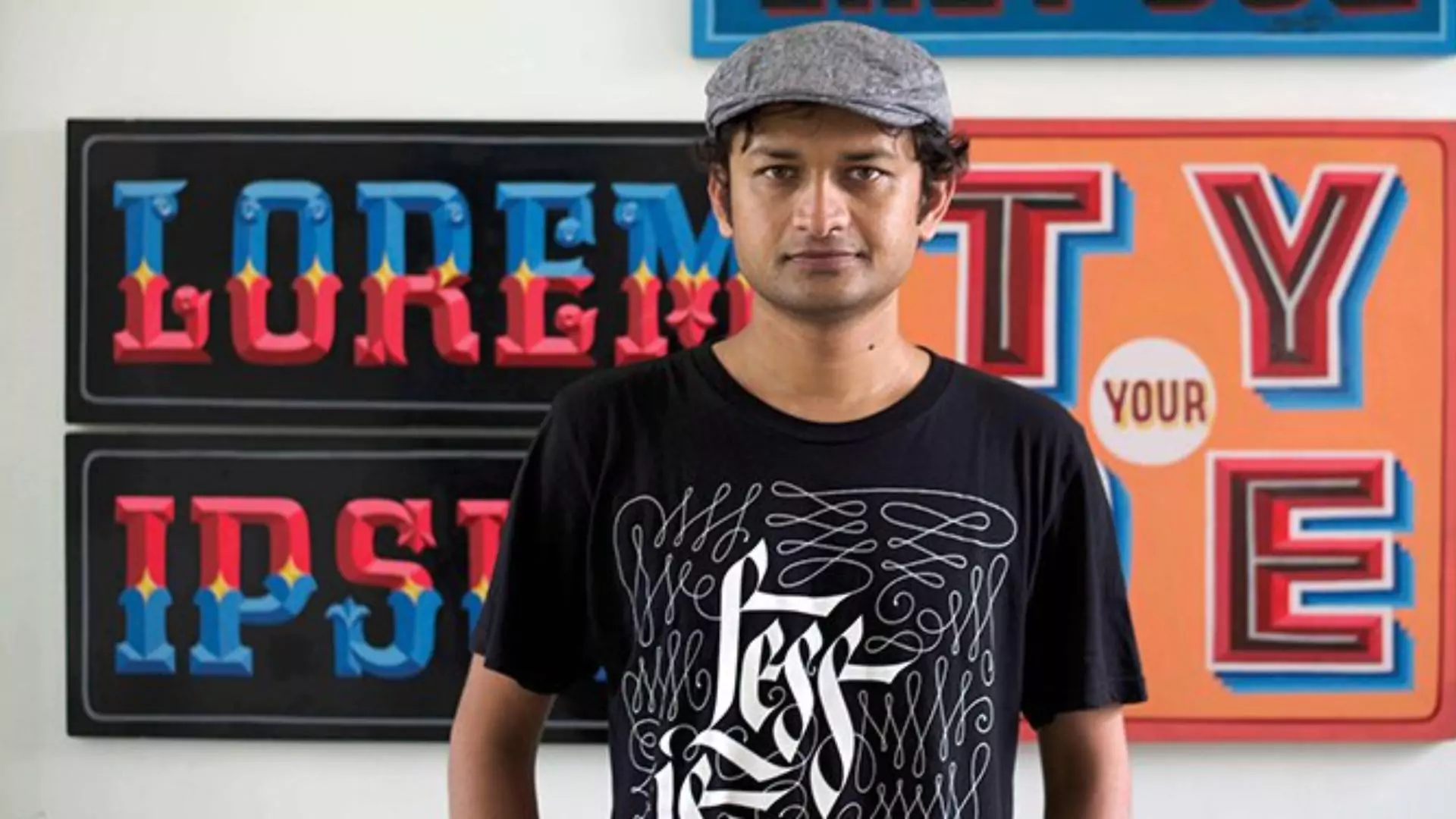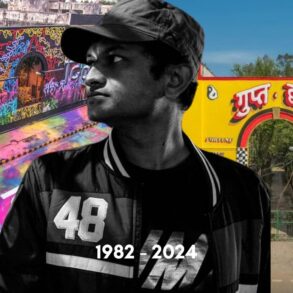
Hanif Kureshi, Pioneer of Street Art in India’s Neighborhoods, Dies at 41 after battling cancer, bringing an end to his journey as an artist
In the realm of contemporary Indian art, few figures stand out as prominently as Hanif Kureshi, the co-founder of St+art India. Since its inception in 2013, this initiative has transformed urban landscapes, making art accessible to the masses in a way that few could have imagined. Kureshi’s journey from a passionate artist to a key player in the street art movement ended with his untimely passing on Sunday at the age of 41, after a courageous battle with cancer.
A Mission to Make Art Accessible
In an interview with The Indian Express in 2022, Kureshi articulated the essence of his mission: “Our aim is to make art more accessible. When you are working in an art gallery, your concerns are different, but this is art on the streets, for everyone.” This vision resonated deeply with both artists and the communities they engaged, fostering a connection between art and everyday life.
Kureshi’s impact on street art in India was profound. “He played an extremely significant role in popularising street art in India and was a role model to many,” reflected art curator Rahul Bhattacharya, a close friend and batchmate from Maharaja Sayajirao University in Baroda. Bhattacharya recalled, “Right from the beginning, he was not a conventional artist. He was constantly exploring new avenues.”
The Roots of a Movement
Kureshi’s artistic journey was marked by a fascination with traditional forms of lettering and signboard painting. This passion drove him to venture into India’s bylanes, seeking out street sign painters. By commissioning these artists to create unique alphabets in their individual styles, he not only preserved an endangered craft but also laid the groundwork for what would become HandpaintedType, a platform dedicated to digitising these art forms.
St+art India was established as a non-profit organization focused on public art projects, and its first major endeavor took Kureshi to the vibrant streets of Lodhi Colony in Delhi in 2013. Recommended by a friend, Kureshi recognized the potential of this pedestrian-friendly area with its expansive walls, leading to the creation of stunning murals that captured the public’s imagination. This was not just graffiti; it represented a fresh approach to street art, using color and messaging to connect with passersby.
An Artist and a Collaborator
Gond artist Bhajju Shyam, who collaborated with Kureshi on a project in Lodhi Colony in 2019, remembered him as “modest and courteous.” Shyam noted, “I have known him since around 2017-18. He was extremely patient and sincere. We had long discussions during the creation of the work — he would listen and offer constructive advice.”
As the years passed, Lodhi Colony became renowned as India’s first art district, serving as a backdrop for St+art India’s growing influence. The initiative organized art festivals across the country, and Kureshi collaborated with both local and international artists to produce vibrant murals in cities like Mumbai, Hyderabad, and Chennai.
His own artistic contributions were notable; for instance, in a work featuring the words ‘Yaha’ and ‘Must’ (This must be the place), he collaborated with Australian artist Georgia Hill. In 2017, his installation for the Sassoon Dock Art Project in Mumbai ingeniously combined typography, scent, and memory, showcasing his multidisciplinary approach.
A Global Legacy
Kureshi’s works garnered attention on global platforms, with exhibitions at prestigious venues such as the London Design Biennale, Venice Biennale, and Centre Pompidou in Paris. Earlier this year, he held a solo exhibition at Wildstyle Gallery in Sweden, further cementing his status as an influential artist on the international stage.
Kureshi’s legacy transcends his individual achievements; he has inspired a new generation of artists and reshaped the cultural landscape of Indian cities. His commitment to making art inclusive and engaging has left an indelible mark on the fabric of urban life, reminding us that art can, and should, be a part of everyday existence.
This post was originally published on this site be sure to check out more of their content.









